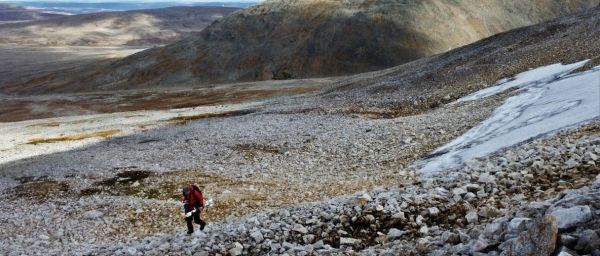Global warming is driving rapid environmental change in the Arctic. "To understand these changes, field measurements that adequately represent environmental variation across the Arctic as a whole are crucial", says PhD student Anna-Maria Virkkala from the University of Helsinki.
A new study by researchers from University of Helsinki and Lund University shows that northern Arctic regions remain under-sampled and provides detailed maps of potential new sampling locations for each environmental science discipline across the Arctic.
The changing Arctic requires a sampling strategy for the future
Doing field work in the harsh Arctic conditions is not easy. Resources and accessibility strongly constrain Arctic research. Understanding what kind of conditions and regions remain under-studied is important when researchers plan new field campaigns.
However, studies dealing with the representativeness of sampling have been conducted mainly for very specific fields, or in smaller regions. Thus, the current state of field sampling across broad environmental science disciplines across the Arctic has not been fully understood.
Read more at University of Helsinki
Photo: Harsh environments like this remain poorly sampled and require targeted research in the future. CREDIT: JULIA KEMPPINEN


